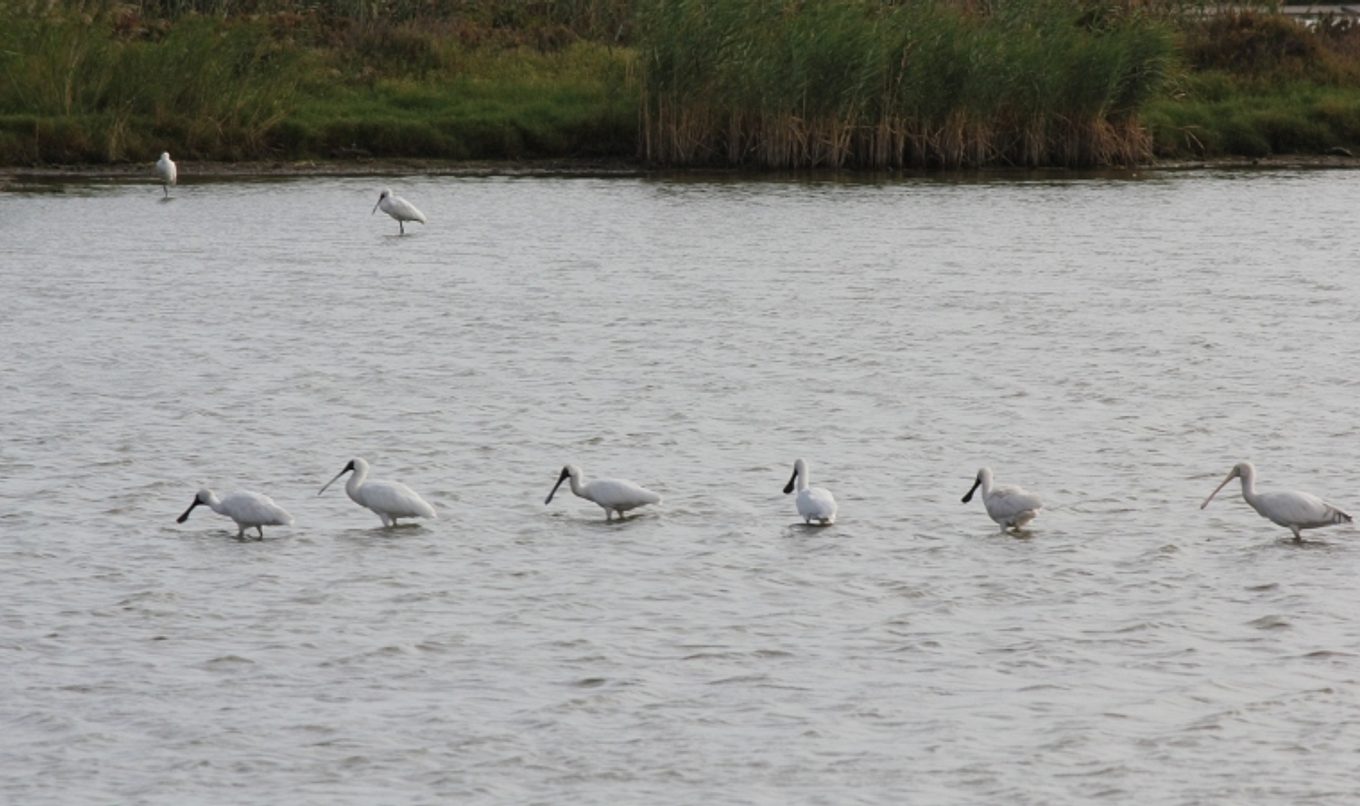River level variability benefits Lower Lakes
Lakes Alexandrina and Albert have reaped benefits from the deliberate raising and lowering of water levels below Lock One along the River Murray in South Australia.

The changes in Lower Lakes levels has helped trigger native plant growth, attract migratory birds to the area and have supported native fish migration to breed.
South Australian Research and Development Institute (SARDI) Senior Research Scientist, Dr Jason Nicol said the controlled low water levels in autumn this year exposed the fringes of lakeshores and wetlands in the Lower Lakes.
“This allowed native plants to germinate, and resulted in more native plant species around the Lower Lakes compared to previous years,” Dr Nicol said.
Coorong, Lower Lakes and Murray Mouth Community Advisory Panel acting Chair Neil Shillabeer said water level variability in the Lower Lakes is an important aspect of water resource management.
“The controlled high water levels in winter supported freshwater environmental water delivery to the Coorong estuary, and encouraged native fish such as pouched lamprey and congolli to migrate and breed, as well as reduce salinity in the River Murray,” Mr Shillabeer said.
Department for Environment and Water spokesperson Adrienne Rumbelow said in the 1920s lock and weir structures were built to support development, regulate the flow, and provide stable River Murray water levels.
“But over the years the structures have reduced the river’s seasonal variability and negatively impacted its ecosystems,” Ms Rumbelow said.
“Our controlled lowering and raising of water levels ensures both drying and wetting of fringing wetlands in the Lower Lakes at the right time, to benefit the local environment.”
DEW is working with the Commonwealth Environmental Water Holder and the Murray-Darling Basin Authority to plan and deliver water for the environment. Water levels are managed in consultation with the Coorong, Lower Lakes and Murray Mouth Community Advisory Panel, Scientific Advisory Group and the Ngarrindjeri Regional Authority.

